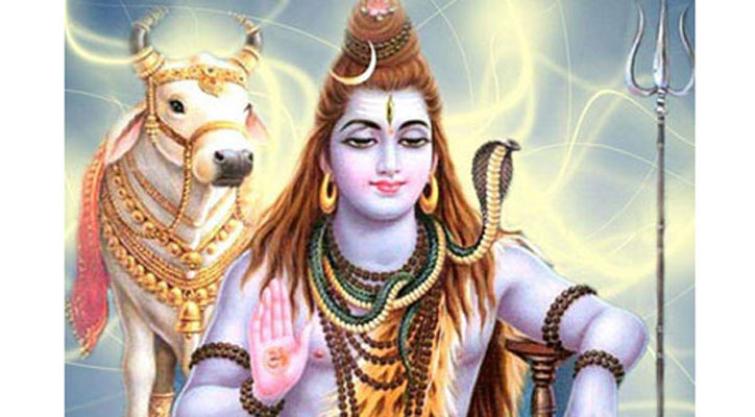By FnF Correspondent | PUBLISHED: 16, Feb 2023, 19:29 pm IST | UPDATED: 16, Feb 2023, 19:38 pm IST
 New Delhi: Maha Shivratri, which essentially translates to 'the great night of Shiva', is considered one of the most auspicious festivals in the country. It is celebrated annually with much fervour and excitement across India. This year Maha Shivratri will be observed on February 18, 2023. So, get ready to hear chants of 'Har Har Mahadev' on this day. It's believed that while there is a Shivratri every lunisolar month of the Hindu calendar, the Maha Shivratri, happens only once every year, in February/March, when winter comes to an end and spring-summer begins.
New Delhi: Maha Shivratri, which essentially translates to 'the great night of Shiva', is considered one of the most auspicious festivals in the country. It is celebrated annually with much fervour and excitement across India. This year Maha Shivratri will be observed on February 18, 2023. So, get ready to hear chants of 'Har Har Mahadev' on this day. It's believed that while there is a Shivratri every lunisolar month of the Hindu calendar, the Maha Shivratri, happens only once every year, in February/March, when winter comes to an end and spring-summer begins.Out of the 12 Shivratris observed in any given year, Maha Shivratri is considered especially auspicious, as it is supposed to be the night of convergence of Shiva and Shakti, which in essence means the male and feminine energies, that keep the world in balance. Shiva and Shakti are revered as the embodiment of love, power, and oneness. There are different legends throughout history that describe the significance of Maha Shivratri. One of them claims that Lord Shiva and Goddess Parvati tied the knot on this day. Purusha (mindfulness) is embodied by Lord Shiva, whilst Prakriti (nature) is embodied by Maa Parvati. The union of both consciousness and energy facilitates creation.
Another story says, during Samudra Manthan, a pot emerged from the ocean which consisted of poison. All the Gods and demons were terrified that this will destroy the entire world and so, Gods went to Lord Shiva for help. To protect the entire world from the evil effects, Shiva drank the entire poison and held it in his throat instead of swallowing it. Due to this, his throat became blue and hence he came to be known as Neelakantha.
If you're also fasting during Maha Shivratri, keep these dos and don'ts in mind while celebrating this occasion.
- On the day of the fast, get up early around sunrise.
- One should take a bath and dress in clean, preferably white, clothing on the day of the fast.
- Due to the fact that Shivratri Puja is performed at night, devotees take another bath in the evening before doing Shiv Puja. Following a bath, the following day, devotees usually break their fast.
- According to Drikpanchang, to get the full benefits of the Vrat, devotees break their fast between dawn and the end of Chaturdashi Tithi.
- Refrain from consuming anything made of rice, wheat, or pulses, as these foods are not permitted during the fast. People generally avoid garlic, onion, and non-vegetarian meals because they are tamsic in nature.
- Offering coconut water to Shivling is not advisable.
- It is believed that those people who perform puja, fast, and offer prayers to Lord Shiva are blessed with good luck. Many people also think that Maha Shivratri fast reminds devotees that pride, ego, and falsehood lead to downfall only. Happy Maha Shivratri!

by : Priti Prakash
The farmers have marched back to Delhi with their demands, for which they sat on roads leading to th...